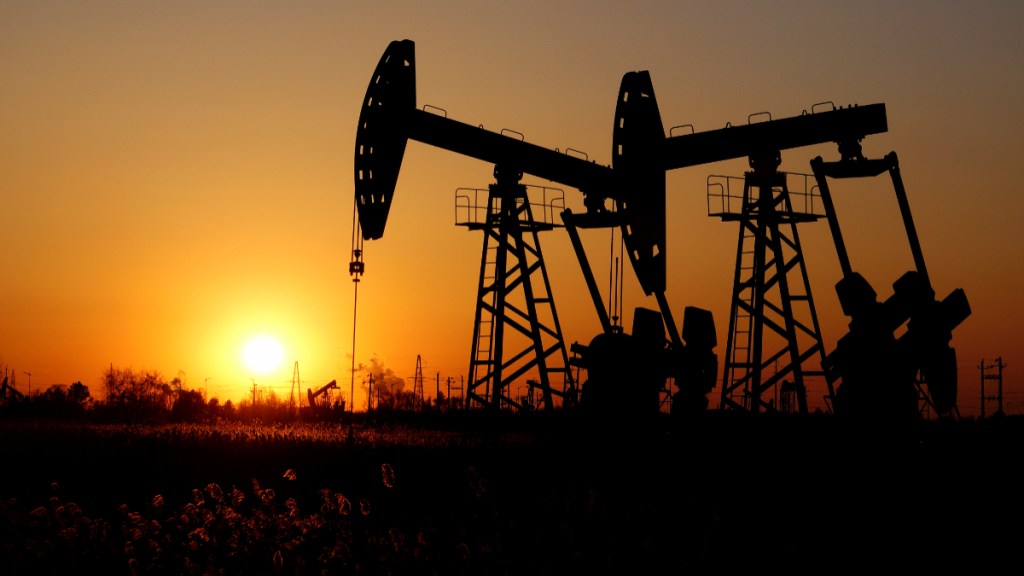Western sanctions on Russian oil, like the capping of its price at $60 a barrel last December and European Union’s ban on petroleum products from February 5, haven’t impacted India’s energy sourcing requirements. They may have even created lucrative opportunities for its refineries to source deeply discounted Russian Urals crude and export diesel and other petroleum products to the EU. With the discount at which Urals crude trades to Brent widening from $18.55 last November to around $29, it is a good bargain for refiners to source Russian crude even if it costs $5 a barrel to ship it to India. In the run-up to the ban from February 5, India’s exports of refined petroleum products to the EU rose for five straight months, from 0.70 million tonnes last September to 1.90 mt in January, according to the directorate general of commercial intelligence and statistics (DGCIS) as reported in The Indian Express. In the current fiscal to January, the EU accounted for 15% of India’s total petroleum product exports of 79.9 mt, up from 12% a year earlier. Exports to the continent will be much higher if the EU, European Free Trade Association, and other European countries are clubbed together, according to DGCIS data by region. For such reasons, this uptrend may be expected to gather momentum from February onwards.
Although India’s dependence on Russian oil is growing, the reason for concern is that the global oil market’s short-term outlook remains uncertain. Although prices have temporarily slipped to $79 a barrel, they are likely to remain elevated at $83 this year as the market is tightly balanced. Upward price pressures stem from the prospect of lower Russian supplies in retaliation against the sanctions, just when oil demand is beginning to pick up from the world’s second-largest economy, China. Obviously, this upsets the rationale of the sanctions regime to keep Russian oil flowing while squeezing revenues to fund the conflict in Ukraine. To keep supplies stable, the US is urging the world’s largest commodity traders to ship more of the price-capped Russian oil without breaching Western curbs, according to the Financial Times.
Ultimately, the fate of the price cap rests on the ability of the US-led Western nations to set prices in defiance of a leading producer that refuses to be a price-taker as it produces more than 10% of the world’s oil. All eyes will now be on the oil cartel, Opec, which has so far decided to keep its output targets unchanged. If there are supply-demand imbalances, Opec, led by Saudi Arabia, is bound to have enormous pricing power and will exercise it. Saudi Aramco, the world’s largest crude producer, made record profits last year and has huge stakes in oil prices remaining high. The prospect of elevated oil prices is bad news for India as it imports 87% of its requirements from other suppliers besides Russia. To reduce its vulnerability, the country must aim for greater self-sufficiency through higher domestic oil and gas production. Unfortunately, this is not happening. Domestic crude production has been steadily declining, from 38.1 million tonnes in FY12 to 29.7 mt in FY22. Till December this fiscal, production at 22.1 mt is not different from a year earlier. Although India benefitted from the Western sanctions regime on Russian oil, there is no alternative to boosting local oil production over the medium-term.


